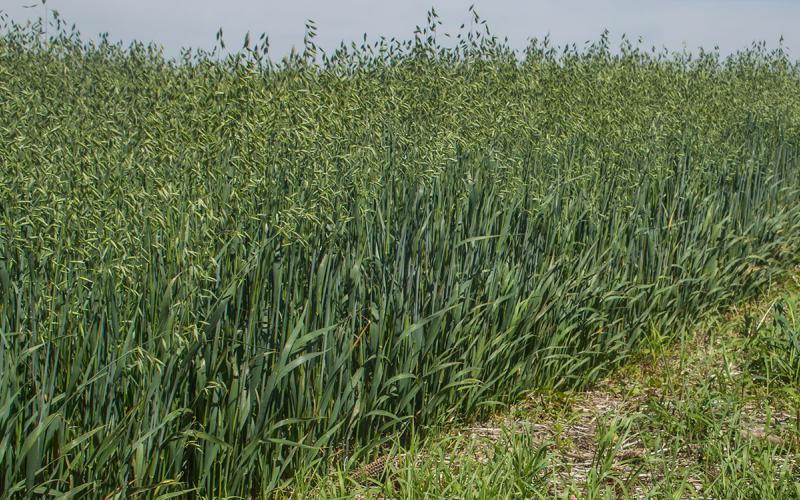Due to extremely wet spring and consistent moisture through the summer, grain harvests have slowed down a bit across South Dakota. According to USDA- National Agricultural Statistics Service (as of Aug 18th, 2019) only 76% of winter wheat harvest has been completed in the state well behind 95% of five-year average. Similarly, only 27% of spring wheat and 60% of oat are harvested, well behind 75% and 90% five-year average respectively.
In last few years, interest in using cover crops has been increasing tremendously among crops and livestock producers in South Dakota. Growing cover crops following small grain is gaining more attention due to feasibility in cover crops species selection and also the time of the year where cover crops receive longer growing and establishing time than following row crops. Two most common objective of growing cover crops are- soil health and supplemental forages. These cover crops are grown to solely enhance soil health properties and allowed to winter terminated and/or grown for supplemental forages, especially fall grazing.
Cover crops reduce soil erosion, increase soil biological activity, and also help recycle moisture and nutrients in the soil. In addition, due to different growing habits between the major crop and selected cover crop species, it helps to break disease and weed pressure in the field.
Cover crops are grown as single species or in a mixture of variety of crops. Selecting fall cover crop mix is very critical because it should benefit your cropping system and not harm your next cash crop. If the field will be grown to corn next season, the majority of the mix should contain cool season broadleaf species. Two major categories of broadleaf cover crop species are non-legumes (i.e. turnip, radish, canola or rape, etc.) and legumes (i.e. vetch, clovers, pea, lentil, etc.). These species like cooler fall temperature and show rapid growth and will provide high residue biomass in the spring. Species like radish and turnip have enhanced tap roots which will aid in breaking compaction in the ground. Depending on the fall growth, mixes which have higher proportion of legumes may fix significant atmospheric nitrogen and add to the soil nitrate content that could be utilized by the next cash crop. These species are generally winter killed. If the next crop is soybean, it is suggested to put a mixture high in cool season grasses (rye, oat, barley, triticale, annual ryegrass etc.) and broadleaf. These will produce significant amount of biomass in the fall and in some cases in next spring if the mixture consists winter annuals like winter wheat, triticale, or cereal rye. Cold tolerant species like rye can be used as forage (hayed) or spray killed early spring or before seeding soybean depending upon the moisture availability in the spring. Principle belief is that the cover crops planted should possess contrasting characteristics or growth habit to the cash crop that follows next season.

